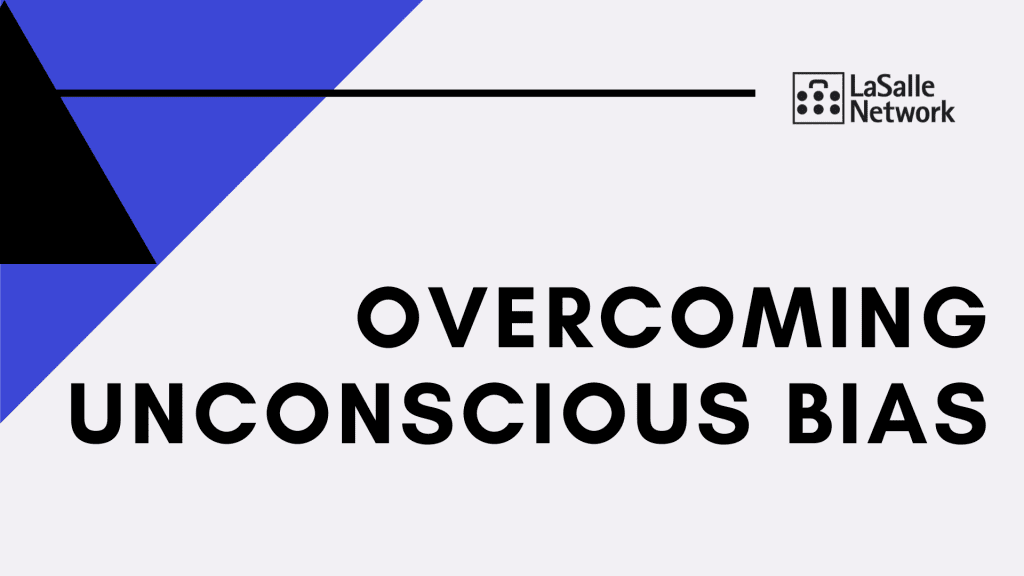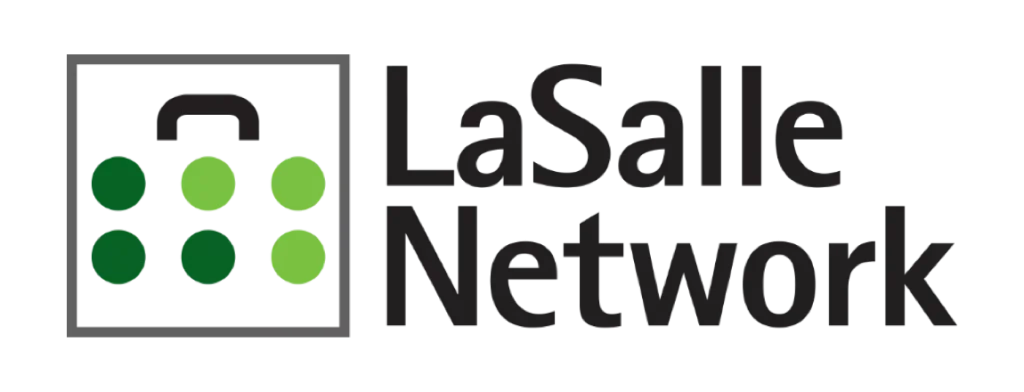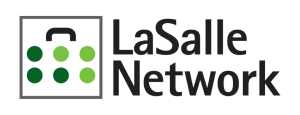Bias is a part of a natural brain function that each person develops while growing up to learn, categorize and predict patterns. Though most of us have difficulty accepting or acknowledging it, we all hold certain biases to some degree.
Neuroscientific findings demonstrate that many biases are formed throughout life and held at the subconscious level mainly through societal and parental conditioning. Its evolutionary purpose is to protect us by discerning ‘us’ from ‘them’. This teaches us how to predict patterns and protect ourselves. The challenge we are faced with today is how to unlearn harmful prejudice and recognize the unconscious bias we each hold.
An example of bias as a protective instinct is when you are in an elevator with someone who appears suspicious or dangerous. As the elevator doors close, you may become tense and have a heightened awareness of your surroundings. If the person then turns to you and smiles or makes a joke, the tension may dissolve as you disassociate them with danger.
Bias is meant to help reduce mental friction in order to help us make split second decisions. It can take many shapes, and often is not recognized as a harmful belief. As an example, the neighborhood social networking site NextDoor found that by adding several required questions before members could post a warning about suspicious activity in their area, the site reduced racial profiling by 73%.
These questions simply caused the user to take a moment to think through their reason for concern by describing what actions were happening that caused suspicion and describing the physical characteristics (not just the race and gender) of the person in question. By calling attention to the “why” behind an instinctual feeling of fear, individuals can address potential bias they otherwise may not have noticed.
Bias causes us to instinctually group people of certain shared characteristics together. In a study by Stanford University, it was discovered that some teachers mentally categorize black students as a group, while they judge white students as individuals. It was found that if one black student made a mistake and another made one a few days later, the teacher would treat the black student making the second mistake as if it were his second infraction, rather than his first. Meanwhile, when two different white students made mistakes several days apart, the second student was punished as though it was his first mistake. While this was not the intention of the teacher, bias subconsciously grouped together the actions of the black students and placed fault on them collectively.
In these ways, bias has the potential to hinder an individual or group’s performance based on an ingrained belief that many do not realize they hold. The quick, instinctual emotional response to a person or situation often feels natural and is not questioned or recognized as bias. However, these instincts can cause us to place limiting beliefs on an another.
Unconscious beliefs help individuals mentally organize social worlds by categorizing and predicting what an individual will do next. This happens by our brains making incredibly quick judgments and assessments of people and situations without realizing. We create subconscious social categories of people that feel familiar or safe, which often end up being those with similar characteristics to ourselves. By subconsciously categorizing people, we form certain expectations and assumptions of them. While this instinct helps us in recalling certain facts and allows us to make quicker decisions, these preconceived notions of what to expect from a person can end up limiting them.
In the workplace, unconscious bias can translate into creating a mental hierarchy of one’s own team or business versus others, hiring only those with certain characteristics or limiting someone to a certain role or level of the organization. Unconscious bias can prevent giving people the benefit of the doubt and limits others’ potential based on preconceived notions we are unaware of. Bias within policy or promotion structures may create a glass ceiling effect where individuals are unable to progress past the expectations placed on them.
In the context of recent social unrest and protests regarding the #BlackLivesMatter movement, there has been a new light shed on systemic bias against people of color in the political, social and professional spheres. However, bias is not limited to ethnicity and race alone. Individuals may also hold unconscious bias against any number of characteristics, with some of the most prevalent being gender, education, sexual orientation, physical appearance, socioeconomic background and religious beliefs. Bias can even be held against more minor qualities such as personality, hair color, personal likes or dislikes, sports team preferences, or personal style.
The first step to overcoming unconscious bias is to become educated on it and learn to recognize and address triggers within yourself. To gauge your unconscious bias, consider this series of 5-minute quizzes on 15 common implicit biases from Harvard University.
This post is the third of an ongoing series addressing topics like diversity, inclusion, today’s post of overcoming unconscious bias in the workplace, and more.
Read Part I: What is Diversity in the Workplace
Read Part II: 12 Ways to Promote Inclusion in Today’s Workplace





